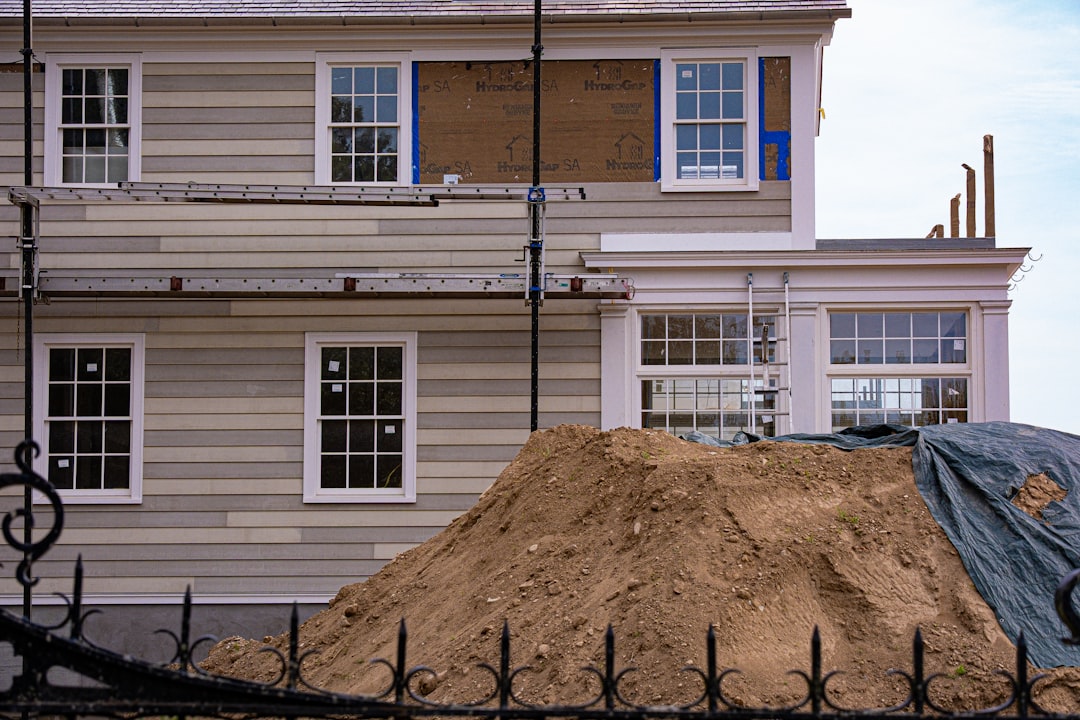Understanding the True Cost to Install a Generator
For construction professionals, understanding the full scope of generator installation costs is crucial. The average cost for installing a generator ranges from $6,000 to $12,000, with specific factors like unit size and fuel type influencing the final price. In Los Angeles, additional considerations such as seismic anchoring and utility coordination can push costs higher. Here's a detailed breakdown:
- Component Cost: $4,500 – $6,500 for 10 kW air-cooled units
- Component Cost: $7,000 – $9,000 for 14-22 kW units
- Component Cost: $10,000 – $15,000 for 24 kW+ liquid-cooled systems
Main Cost Drivers You Should Never Ignore
- Generator size (kW) – Larger loads require more substantial equipment and infrastructure.
- Fuel source – Natural gas connections may require trenching, while propane involves additional material costs.
- Electrical service upgrades – Older panels may need replacement to accommodate new systems.
- Permitting & inspections – Local regulations and fees can add to the overall cost.
- Site work – Concrete pads and seismic requirements increase labor hours.
Why DIY Numbers Fall Short
Online calculators often miss regional labor rates and real-time supplier pricing. By using advanced tools, contractors can access:
- Supplier-verified material costs updated frequently
- Labor productivity tables specific to Southern California
- Automatic markup suggestions to maintain profit margins
Step-by-Step Residential Generator Installation Timeline
- Initial consultation to confirm load requirements
- AI blueprint takeoff for precise planning
- Permit package submission
- Concrete pad installation
- Generator setup and anchoring
- Gas line connection and testing
- Transfer switch wiring and system commissioning
- Final inspection and client orientation
Hidden Costs That Sink Budgets
Identifying potential hidden costs early can prevent budget overruns. Consider:
- Fuel pressure boosts – May require additional equipment
- Landscape restoration – Post-installation cleanup can add costs
- Sound attenuation – HOA regulations may necessitate additional soundproofing
Five Pro Tips from Field Teams
- Size for starting amperage to avoid trips
- Orient exhaust away from vents
- Pour pads above grade for flood protection
- Prewire for future upgrades
- Coordinate inspections to reduce site visits
Return on Investment and Peace of Mind
Investing in a generator can protect against outages and increase property value. Clients report high satisfaction when projects are completed under budget.
Ready for Pin-Point Accuracy?
For precise estimates and project planning, visit CountBricks.com for more information.
Case Snapshot: 22 kW Installation in Sherman Oaks
A recent project required a 22 kW generator for a home office and smart-home hub. The AI blueprint takeoff identified a 35-foot trench and a load calculation of 90 amps.
Budget vs. Actual
- AI estimate: $8,750
- Signed contract: $8,900
- Final invoice: $8,820
How We Hit the Number
- Auto-generated bill of materials
- Voice field notes for task durations
- Permit fees sourced from a comprehensive database
Client Feedback
“CountBricks predicted our generator cost within $100 and handled every permit. The crew wrapped up a day early.”
Takeaways for Your Next Residential Project
- Early load calculations prevent oversizing
- Bundling upgrades saves on labor costs
- Project dashboards provide real-time budget tracking
For more insights, visit CountBricks.com.

